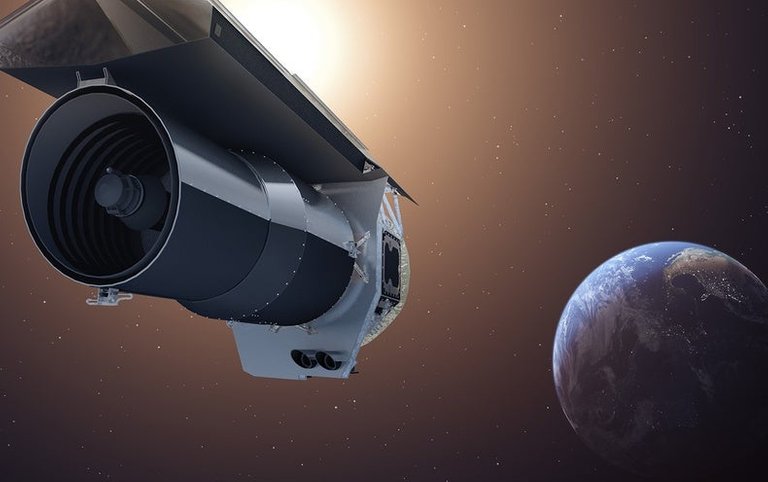
In 2016 NASA’s Spitzer Space Telescope observed a distant star called TRAPPIST-1 for 500 hours. Around the star, using the telescope’s unique infrared capabilities, scientists were able to discover four roughly Earth-sized exoplanets, adding to three others previously found in the system. To date, no other star has been shown to harbor so many small worlds. Most impressive of all was that Spitzer had never been designed to find exoplanets. “When Spitzer was first conceived of in the 1980s, [exoplanets] hadn’t even been discovered,” says Charles Beichman, Executive Director of the NASA Exoplanet Science Institute at the California Institute of Technology.
Source of shared Link
